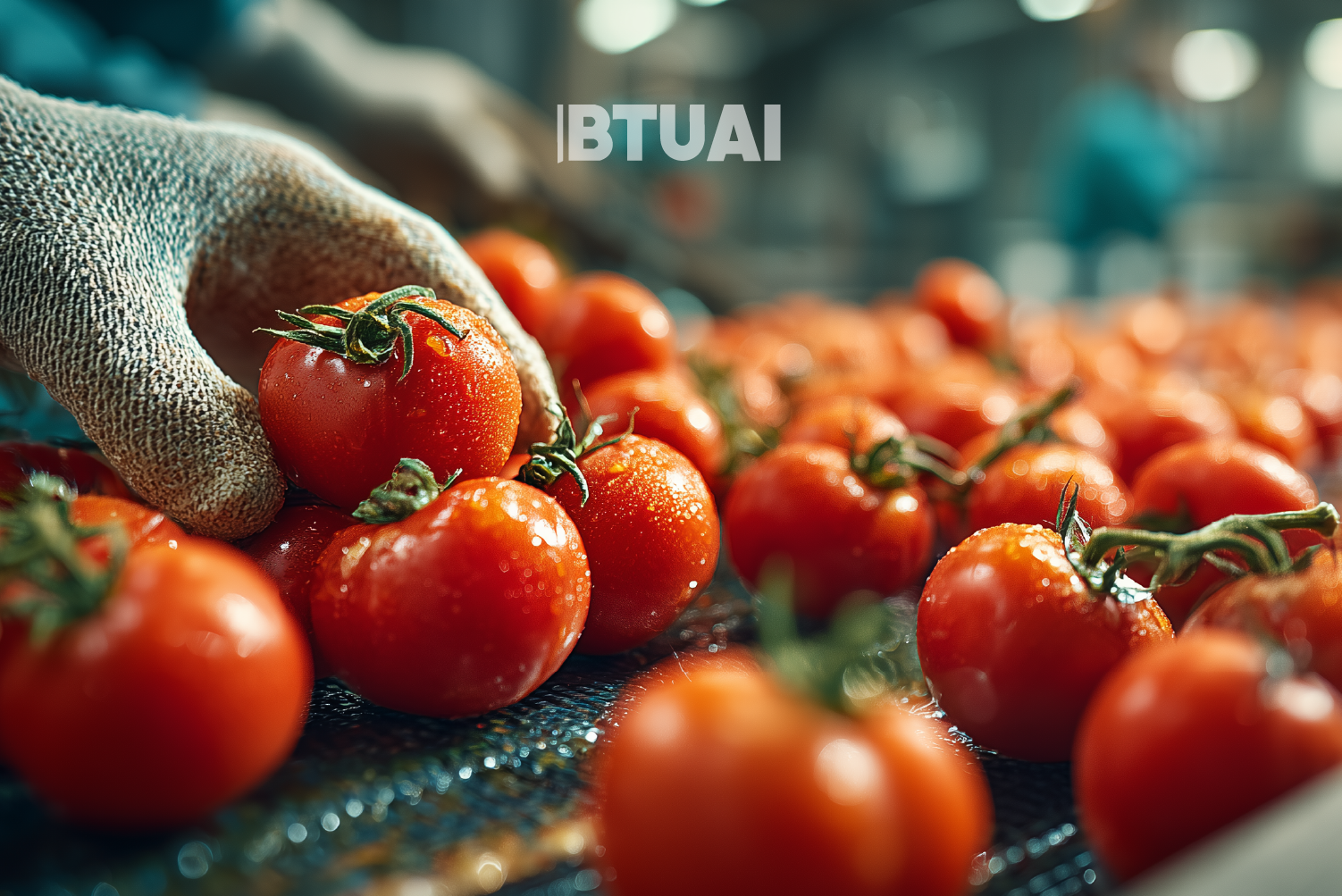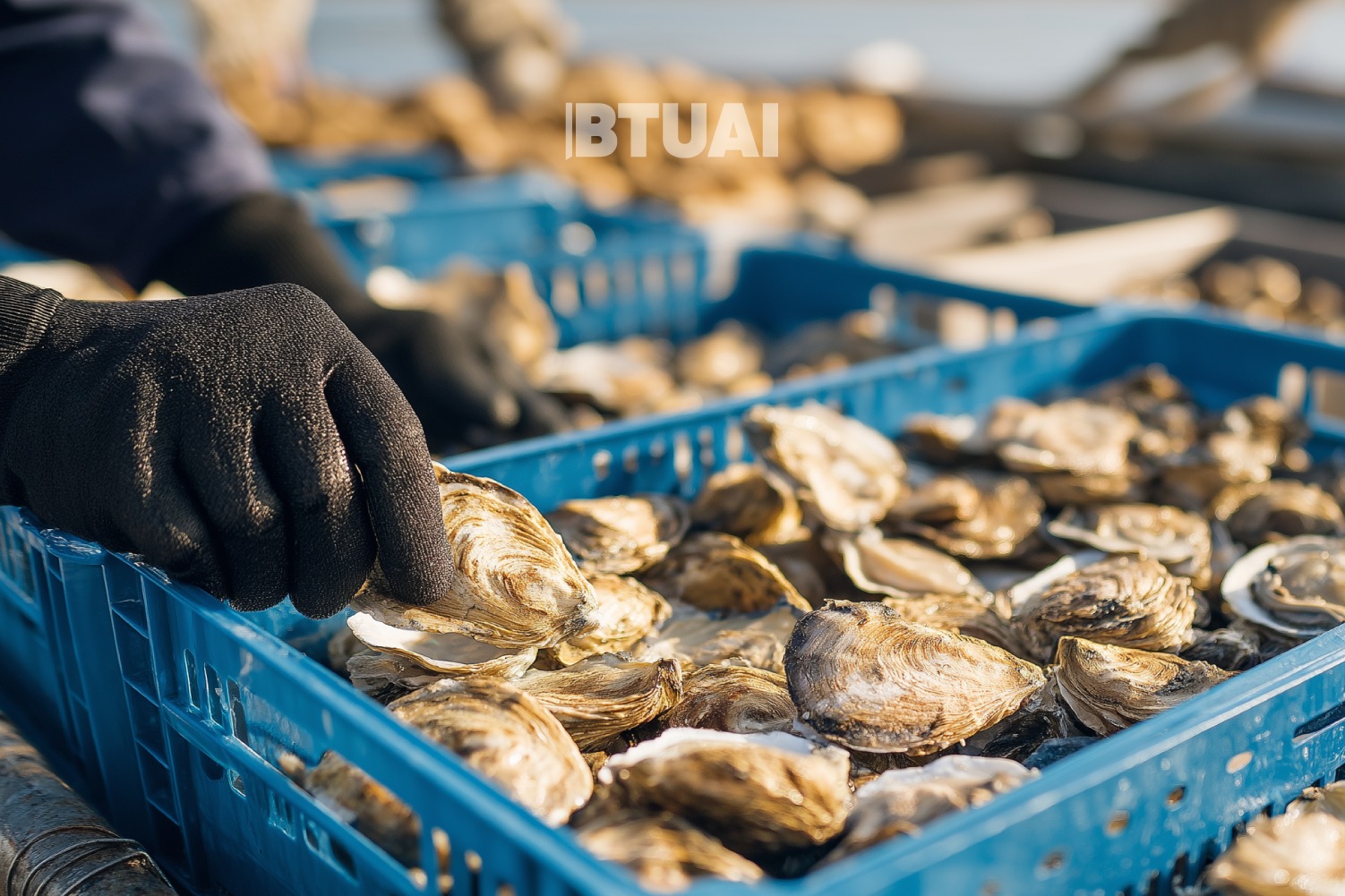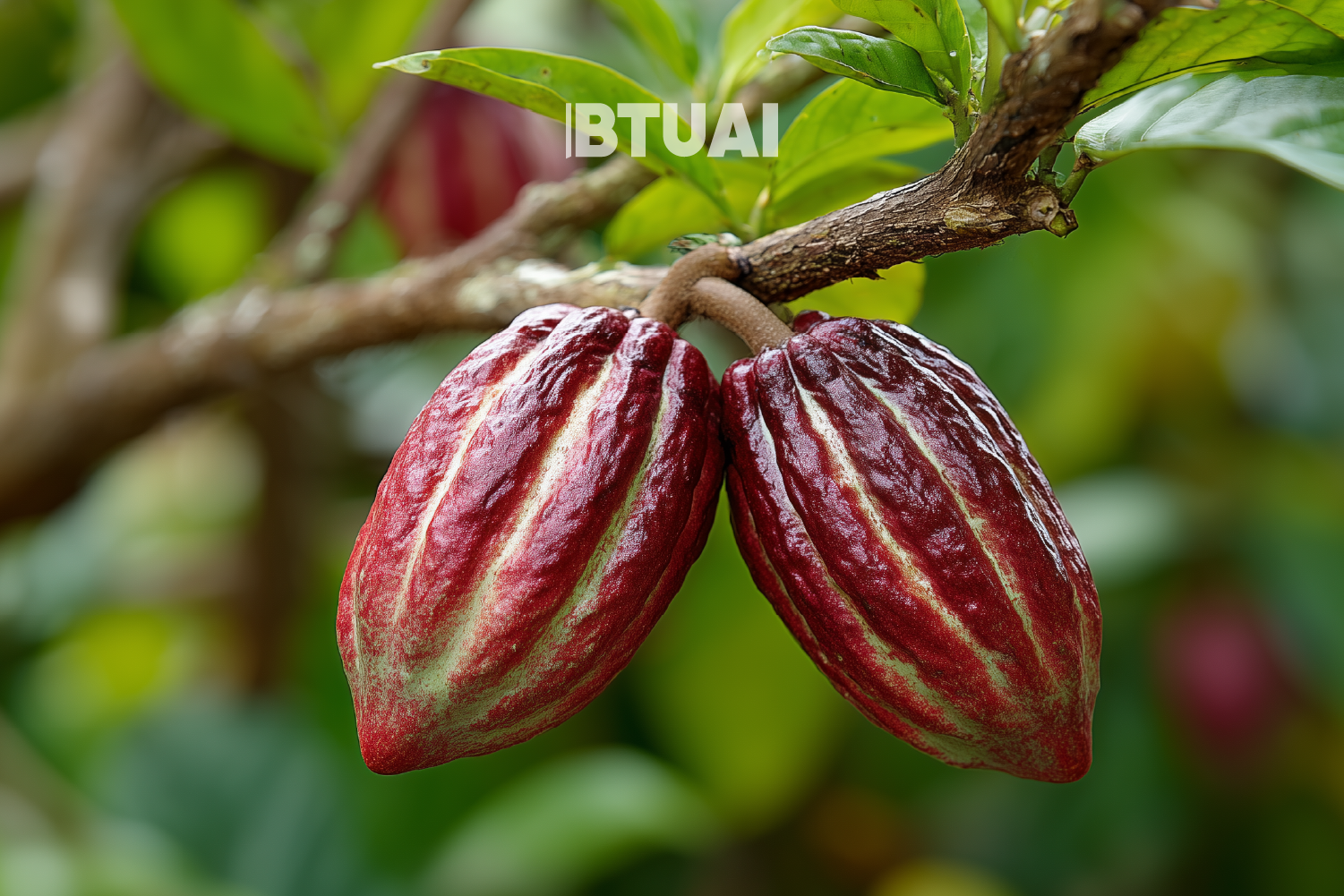Tomato Imports Rise in Georgia: Reliance on Turkey and Challenges for Local Production
Data from January–May 2025 once again highlights Georgia’s heavy reliance on tomato imports, raising fresh concerns for the country’s

Data from January–May 2025 once again highlights Georgia’s heavy reliance on tomato imports, raising fresh concerns for the country’s food security. According to the latest figures from Geostat, 18,444 tonnes of tomatoes were imported during the first five months of the year, worth a total of USD 13.139 million. This represents a 13.5% increase in import value compared to the same period in 2024, despite a noticeable decline in volume (19,283 tonnes in 2024 valued at USD 11.574 million).
The reason for this discrepancy is straightforward — the average import price of tomatoes rose significantly in 2025, reaching USD 0.71 per kilogram (excluding taxes), compared to USD 0.60 a year earlier. This price growth reflects global market trends, shifting climatic conditions in the region, and logistical fluctuations — factors that ultimately translate into higher costs for consumers.
Import Structure: Heavy Dependence on Turkey
A closer look at the data reveals that over 93% of Georgia’s imported tomatoes come from neighboring Turkey — 17,180 tonnes valued at USD 12.248 million. Other suppliers, including Azerbaijan, Iran, the Netherlands, and Spain, account for only a small share of the market.
Such reliance on a single source brings notable risks. In recent years, Turkey has experienced rising agricultural prices and severe weather events, both of which can directly affect the cost and stability of Georgia’s tomato supply.
Local Production Struggles
Domestic tomato production faces even greater challenges. In the first five months of 2025, Georgia exported just USD 293,000 worth of tomatoes — a 34.5% decline year-on-year. The main export destinations remain Russia and Armenia, yet the total volume exported is insignificant compared to imports.
This imbalance underscores the competitiveness gap in Georgia’s agriculture, stemming from:
- Limited use of modern greenhouse technology,
- Outdated irrigation infrastructure,
- Financial constraints for small and medium-scale farmers.
Strategic Outlook
Current conditions show that Georgia’s tomato market is critically exposed to external factors, particularly to Turkish supply. Domestic production is unable to meet market demand, a reality that not only fuels inflationary pressures and price volatility, but also poses potential risks to food security during regional crises or climate disruptions.
To address these challenges, Georgia’s agricultural sector must prioritize:
- Production diversification to reduce geographic risk.
- Greenhouse expansion and modernization for year-round supply.
- Upgrading irrigation systems to improve efficiency and resilience.
- Financial support for farmers through subsidies, affordable loans, and training programs.
These steps would help reduce import dependence and strengthen market stability over the long term.




